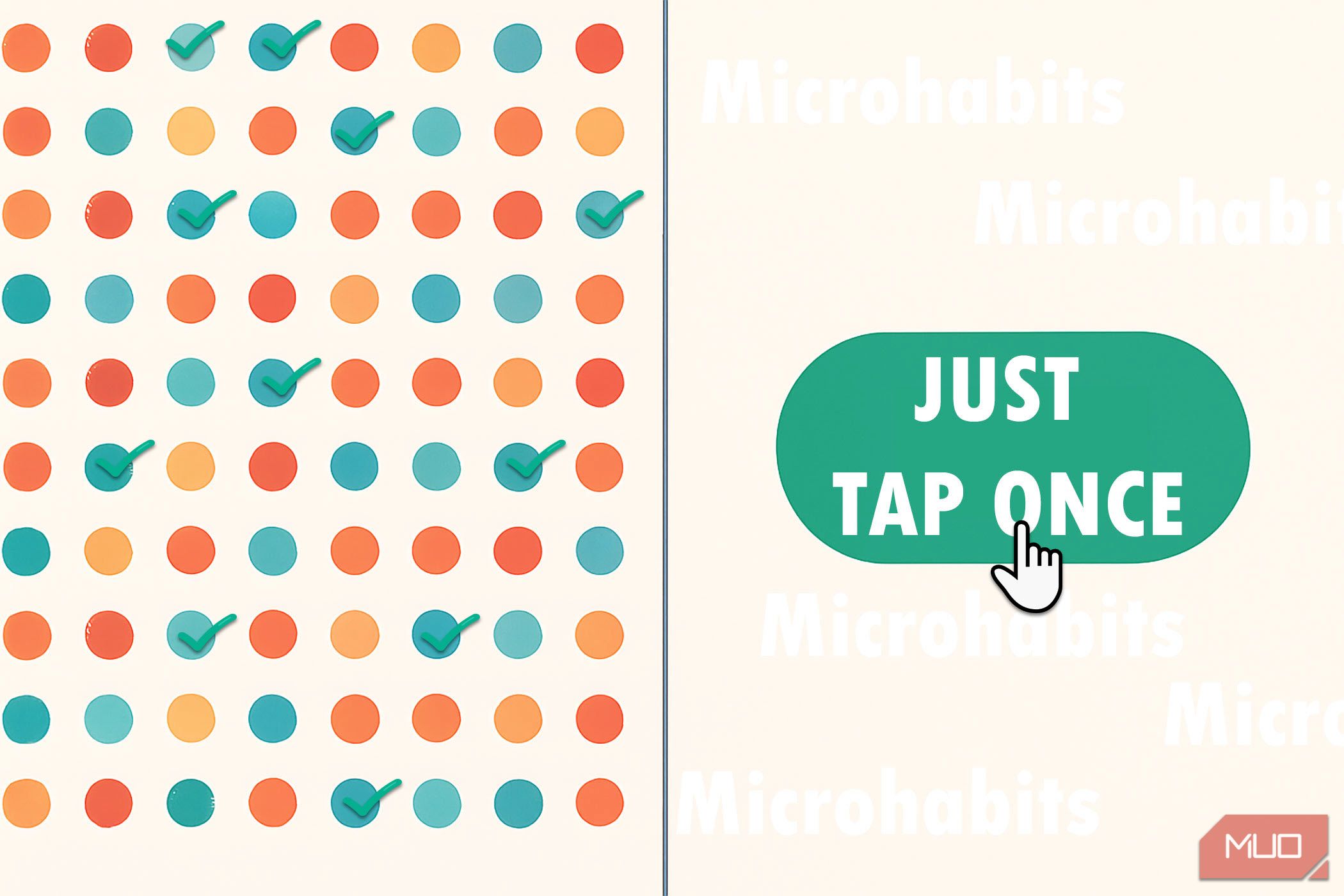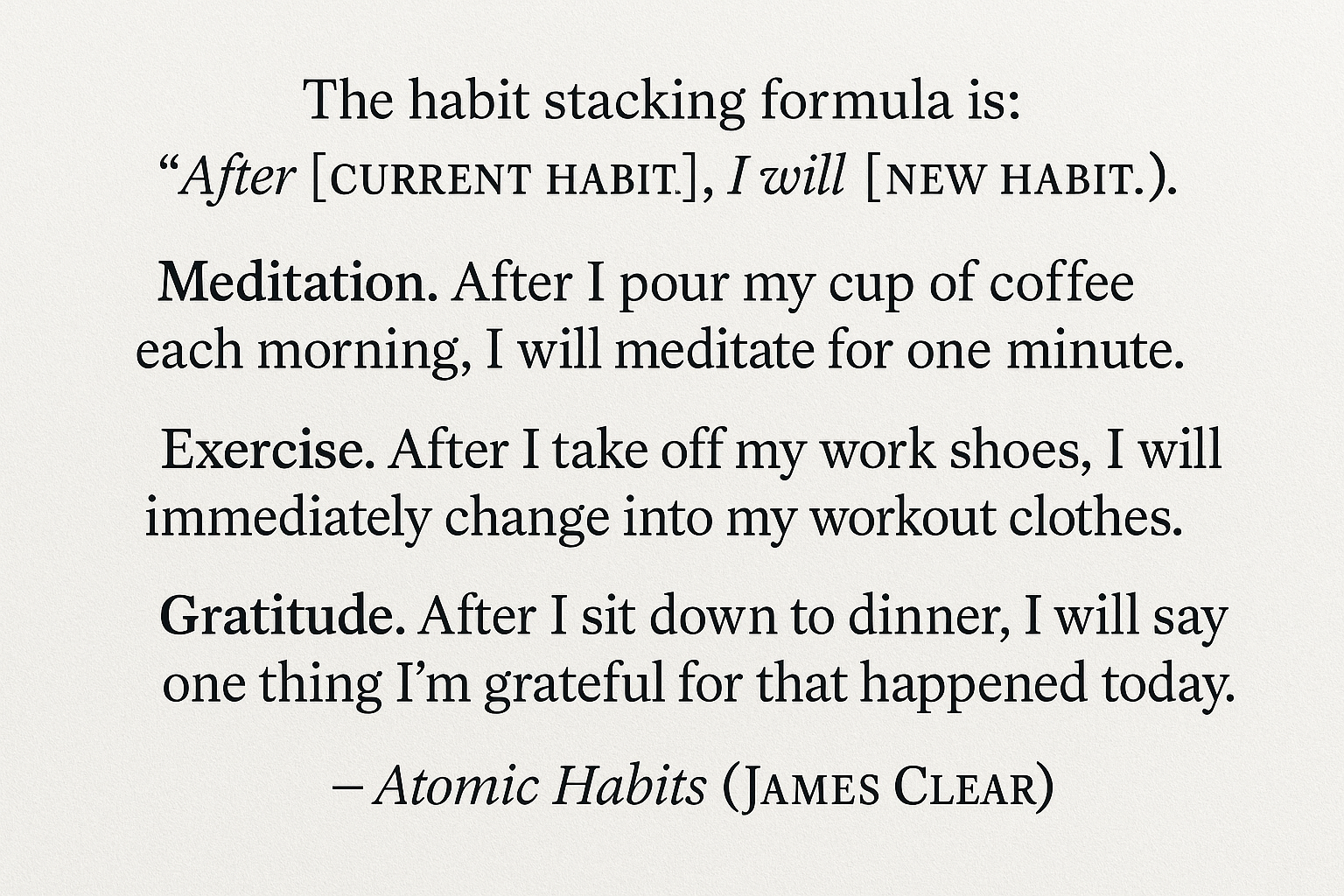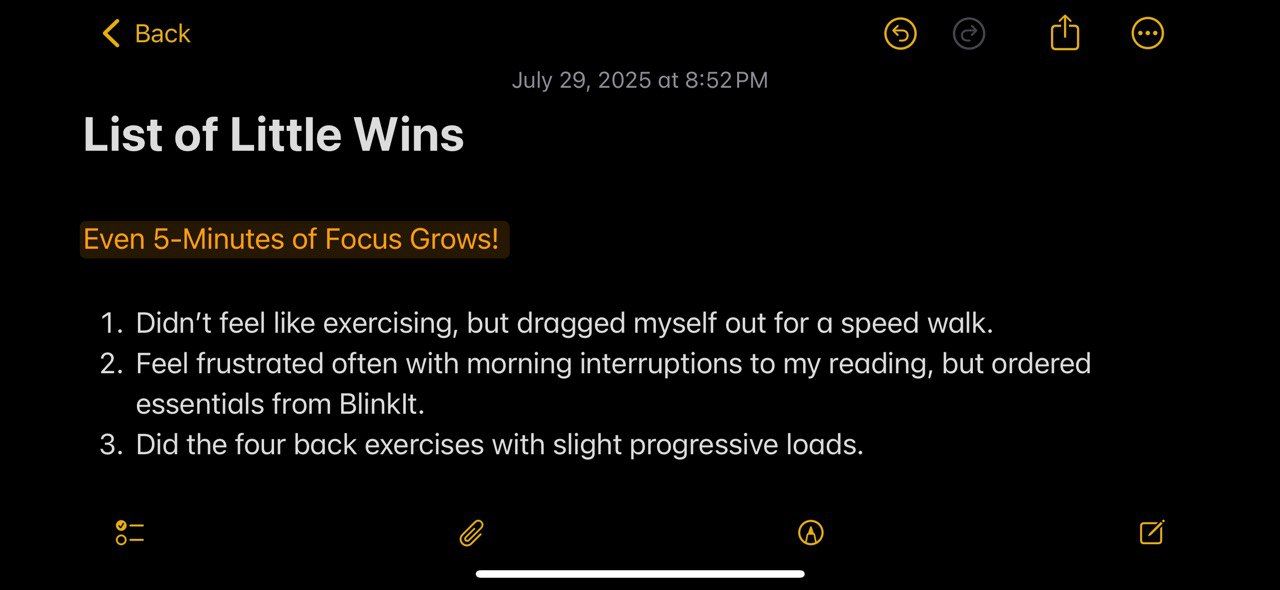Habit trackers wore me out. I replaced their streak anxiety with a three-step routine that tacks tiny habits onto things I already do, nudged by gentle tech cues. With time, I am reaping the benefits of stress-free consistency.
Why Habit Trackers Burned Me Out
There are many excellent habit trackers, but they may not work for you. I once chased perfect streaks on every habit app I could find. Colored bars, daily scores, and urgent pings made me feel busy, not better. Logging each glass of water soon took longer than drinking it. When I missed a day, the red crosses chided me. The occasional relapse pushed me to quit the very habits I wanted to keep.
The data I get from any digital device has never helped. For instance, there are benefits to using smartwatches for improving your physical health. But I abandoned my activity tracking after a few months for the same reason: the friction outweighs the reward. I decided to drop the friction for simplicity.
The Power of Micro-Habits and Habit Stacking
A micro-habit takes under a minute and needs almost no effort. One push-up, one mindful breath, or one Kindle page feels trivial, yet two forces make it work:
- Momentum. Finishing something tiny gives me an instant win and energy for more.
- Identity. Each repetition is a thumbs-up for the person I want to be. A single page instead of several still says, “I’m a reader.”
Habit stacking locks these micro moves in place. Using James Clear’s rule—After [CURRENT HABIT], I will [NEW HABIT]—I attach the new action to a routine I already run on autopilot. When the anchor fires, the next step feels natural.
My morning tea became my test lab. Mug in hand, I added a 30-second hip stretch before the first sip. Six days later, the stretch felt as natural as the tea’s aroma. The two acts merged.
Tech still matters, but only as a cue. A simple vibration, lock-screen note, or smart-speaker chime can nudge you at the right moment, then disappear. No dashboards, no tiresome tracking, but just a gentle tap on the shoulder.
My 3-Step “Stack & Cue” Method
Here’s the routine I follow, and you can set it up effortlessly tonight.
1. Pick a Rock-Solid Anchor
Choose something you never skip. Good anchors are those habits you don’t think twice about:
- Switching on the gas
- Brushing teeth
- Locking the front door
- Opening the laptop for work
- A Pomodoro-timer break
Anchors must be specific. “Sometime before lunch” is vague. “Brushing after dinner” is clear.
2. Attach a 30-Second Micro-Habit
Shrink the new habit until skipping feels silly. I wanted to journal, so I wrote one sentence in an Apple Notes page titled “Small Wins”. A friend who hated planks started with ten seconds. Your micro-habit should finish before the anchor ends. If your tea-prep needs two minutes, pick an action under that limit. When the water in the kettle boils, you stop.
3. Add a One-Tap Tech Cue
Tech cues prompt; they never monitor. Here are ideas for three setups that work for me.
- Widget Reminder. On iOS, I use a Reminders widget that shows one item, “Stretch while tea brews.” It appears between 6 a.m. and 7 a.m. When I tap it, it vanishes until tomorrow.
- Pomodoro Timers. Follow up a focused 25-minute work session with a five-minute break. These five-minute Pomodoro breaks are ideal for building mindful habits.
- Gratitude with the Journal app. Next, I am going to experiment with a scheduled reminder on the Journal app (iOS) to send a notification at 11 p.m., just before I hit the bed.
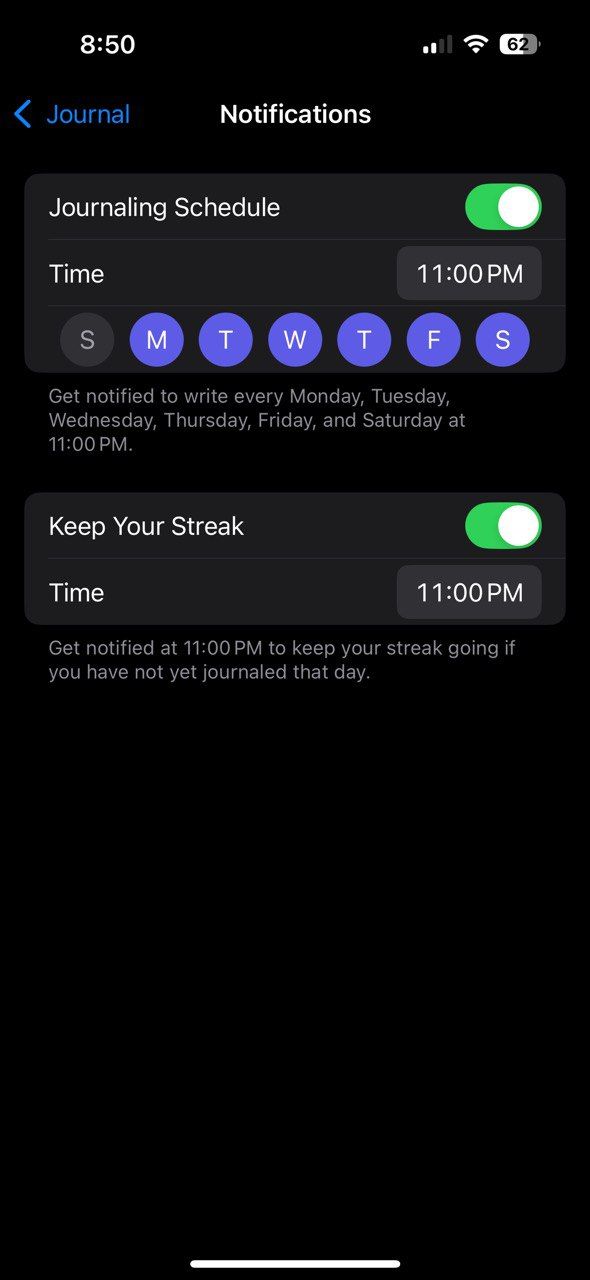
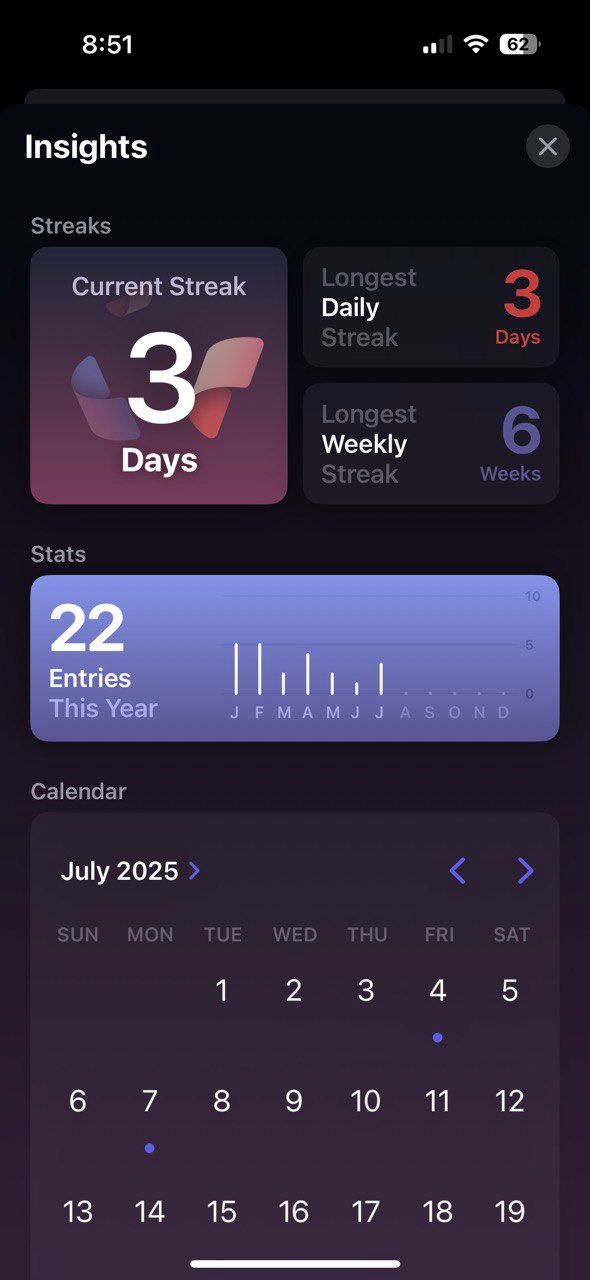
Positive Results After Two Weeks
I tested three stacks:
- Tea > Hip-Flexor Stretch
- Toothbrush > Three Slow Breaths
- Laptop Lid Open > Read an anti-procrastination quote
Fourteen days later, I hit 92 percent completion. More importantly, I felt zero resistance. The stretch now happens without the reminder; the tea alone triggers it.
Design Your Micro-Habit Stacks With a 10-Minute Setup
Let’s summarize the simple habit system. Below are five easy steps to get started:
|
1 |
List three anchors you do every day without fail. |
|
2 |
Write one micro-habit for each, under a minute if possible. |
|
3 |
Choose one tech cue—widget, NFC tag, or smart-speaker routine. Make it appear only at the anchor and clear it after use with a tap. |
|
4 |
Run the stack for a week or two before adding or enlarging anything. |
|
5 |
After a few days, check how you feel, not how many routines you logged. If the action feels automatic, keep it. If not, adjust the anchor or shrink the habit. |
I am still enticed by slick habit apps; I just don’t need them anymore. By grafting micro-habits onto solid anchors and letting tech nudge me once, I get the reliability trackers promised without the overheads they delivered. Start with one stack and see how far it takes you in two weeks.

